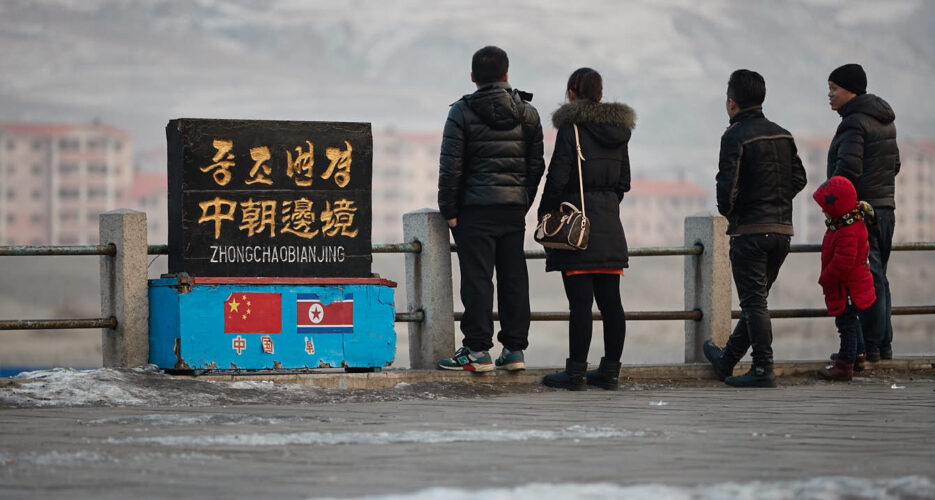About the Author
Adam Cathcart
Adam Cathcart is a lecturer in history at the University of Leeds and the editor of Sino-NK.

Get behind the headlines
|
Analysis How the coronavirus is being dealt with on the other side of the Tumen riverWhile there have been no reported cases in North Korea, the virus has spread to neighboring Jilin Province in China  In spite of the formidable enemies whom they face when looking south, sometimes North Korean leaders have even greater worries about security along their northern border. In 1970, Kim Il Sung complained: “There was a time when we had more difficulties on the border with China than on the demarcation line. And you know very well that the border is 1300 km long, whereas the demarcation line around 240 km.“ © Korea Risk Group. All rights reserved. |